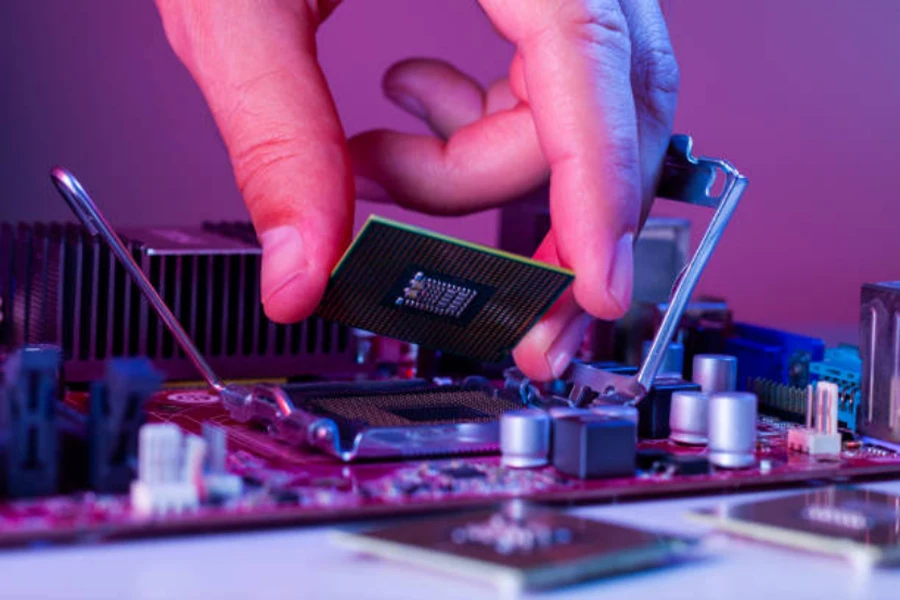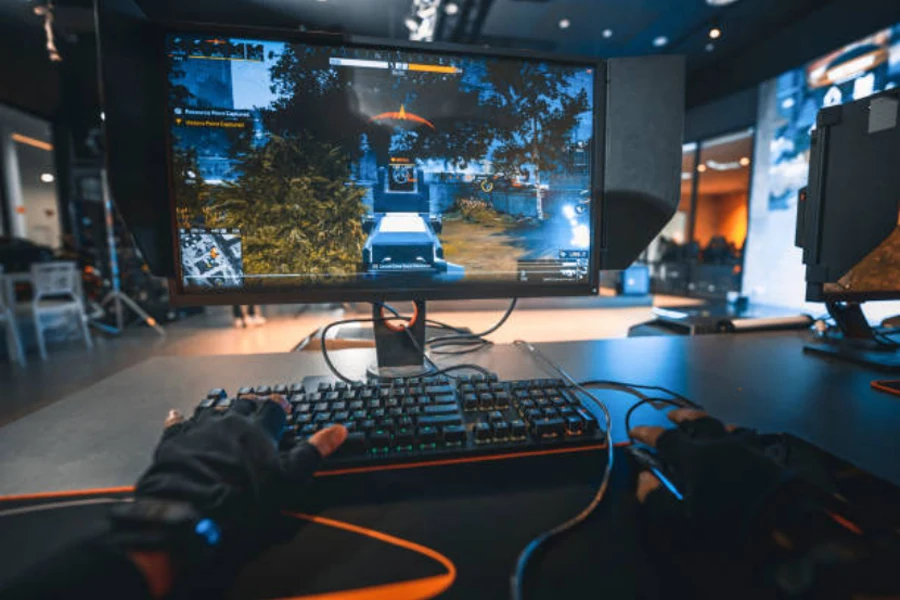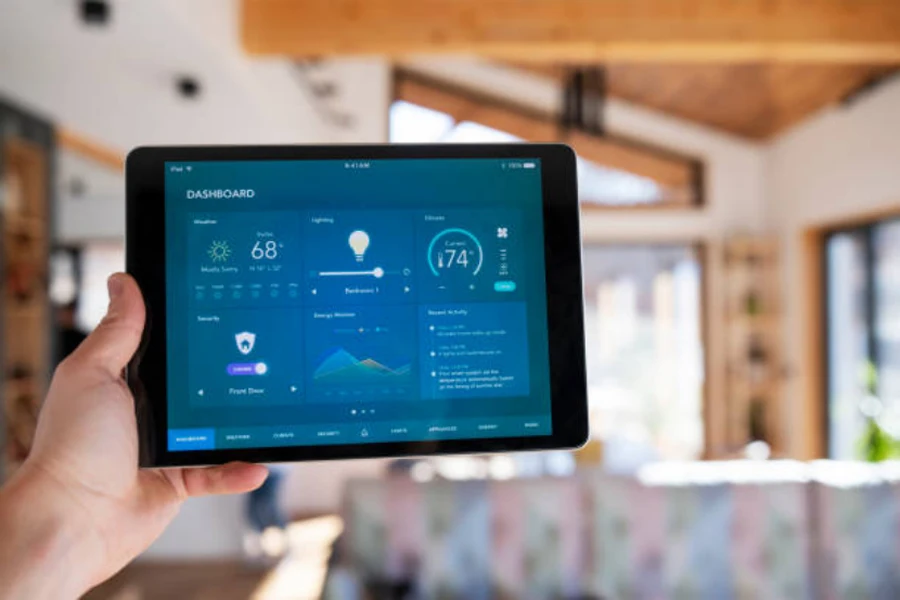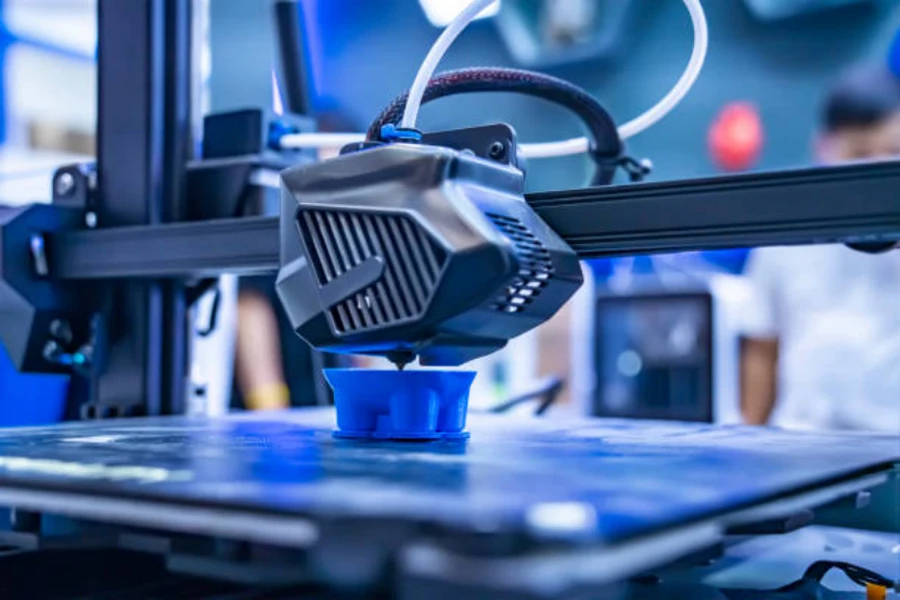CES 2024, the paramount event in the consumer electronics industry, unfolded with grandeur in Las Vegas from January 6th to 9th. This annual trade show, spanning four days, brought together the brightest minds and the latest innovations, setting the stage for emerging trends and technologies. As a pivotal gathering for industry leaders, CES 2024 not only showcased cutting-edge developments but also provided crucial insights for online retailers looking to navigate the dynamic landscape of consumer electronics. This year’s event was particularly significant, marking a return to the full-scale, in-person experience that defines CES as a cornerstone for industry advancements and collaborations.
Table of Contents
AI and machine learning: transforming consumer interactions and product development
Breakthroughs in display and gaming technologies
Smart home evolution and IoT integration
Sustainability and energy efficiency: a new focus in consumer electronics
Conclusion
AI and machine learning: transforming consumer interactions and product development

The advancements in AI and machine learning at CES 2024 have set a new precedent for product innovation and customer engagement in the consumer electronics industry. A prime example is the Rabbit R1 AI device, a groundbreaking product that has redefined the boundaries of AI integration in consumer gadgets. The Rabbit R1, a compact AI hardware device priced at $199, boasts an impressive Large Action Model (LAM) for interaction, similar in function to ChatGPT but with a focus on action-oriented tasks. It features a 2.88-inch touch screen, buttons, a wheel, microphone, speaker, and a 360-degree panoramic camera, all packed into a palm-sized device weighing just 115 grams. Its internal hardware includes a 2.3GHz MediaTek processor, 4GB RAM, and 128GB storage, supporting Bluetooth and Wi-Fi connectivity. The LAM technology, a step beyond traditional large language models, emphasizes action by combining pattern recognition and logical reasoning. This enables the Rabbit R1 to understand complex human intentions and operate applications on behalf of the user, offering a new level of interaction between humans and machines.
For online retailers, the implications of such AI advancements are substantial. Integrating AI into e-commerce platforms can revolutionize personalized marketing strategies. Retailers can utilize AI algorithms to analyze customer data, predict purchasing behaviors, and tailor product recommendations, leading to a more personalized shopping experience. This level of customization can significantly increase customer engagement and sales conversions.
Moreover, AI-driven predictive analytics can enhance inventory management, allowing retailers to anticipate market trends, manage stock levels more efficiently, and reduce overhead costs. AI can also play a crucial role in customer service. Chatbots and virtual assistants powered by AI can provide instant, 24/7 customer support, handling inquiries, and resolving issues promptly. This not only improves the customer experience but also frees up human resources for more complex tasks.
Breakthroughs in display and gaming technologies

The CES 2024 stage was a showcase of remarkable innovations in display technology, setting new benchmarks for visual excellence. LG’s Transparent OLED TV emerged as a standout, redefining the concept of television design. This 77-inch 4K transparent OLED marvel, using proprietary wireless video technology, creates a visually stunning experience with images that appear to float in space. When inactive, the TV virtually disappears, offering a seamless blend with its surroundings. This groundbreaking design, while likely carrying a premium price tag, signals a shift towards more immersive and aesthetically pleasing home entertainment systems.
Asus also made waves with its ROG Swift OLED PG32UCDP gaming monitor, a testament to the evolving needs of gamers and professionals alike. This 32-inch monitor boasts a 4K (3840 x 2160) resolution with a peak brightness of 1,300 nits, delivering exceptional color accuracy and contrast. What truly sets it apart is its dual-mode functionality: a standard 240Hz refresh rate for sharp, detailed images and a Frame Rate Boost mode that ramps up the refresh rate to an astounding 480Hz at a reduced Full HD (1920 x 1080) resolution. This feature caters to both the demand for high-fidelity visuals and the need for ultra-responsive gaming experiences, making it a versatile choice for a wide range of users.
In the realm of gaming hardware, Nvidia’s RTX 4070 Super graphics card has set a new standard for performance and value. Offering approximately 93% of the performance of the more expensive RTX 4070 Ti but at 75% of the cost, it represents a significant advancement in cost-effective, high-performance gaming. With 12GB of GDDR6X memory and support for Nvidia’s suite of RTX technologies, including DLSS and advanced ray tracing, this card is poised to become a favorite among gamers and a hot item for online retailers.
The MSI Claw Gaming Handheld also made a significant impact, signaling the growing popularity of handheld gaming devices. Powered by Intel Core Ultra processors, it features a large battery and ergonomic design, making it a strong contender in the handheld gaming market. This device’s entry signifies a growing segment that online retailers can capitalize on, catering to a demographic that seeks portable, high-performance gaming solutions.
Smart home evolution and IoT integration

CES 2024 marked a significant leap in smart home technology and IoT integration, showcasing products that not only enhance convenience but also push the boundaries of home automation and security. Two standout innovations in this domain were the Pawport Smart Pet Door and the Hyte Nexus Link, each representing a unique facet of the evolving smart home ecosystem.
The Pawport Smart Pet Door is a prime example of how IoT can bring sophistication to everyday household items. This smart pet door, designed with a sleek aluminum frame and powered doors, operates automatically as the pet approaches, thanks to a Bluetooth-enabled collar fob. The doors form an airtight seal when closed, ensuring energy efficiency. The Pawport is expected to be available in various sizes and finishes, catering to different pet sizes and home aesthetics. For online retailers, products like the Pawport represent a growing market segment in pet care within the smart home category, offering opportunities to expand into niche markets that combine convenience with pet safety and home security.
On the other hand, the Hyte Nexus Link stands out as a revolutionary approach to PC building and customization. This ecosystem of RGB devices aims to simplify system building by reducing cable clutter through daisy-chained magnetic connectors. The Nexus Link is powered by a quad-core Arm CPU, housed in the screen of the Thicc Q60 AIO cooler, and supports intuitive touch controls. This product not only appeals to PC enthusiasts for its functional benefits but also adds an aesthetic appeal with its unique design and RGB lighting. For online retailers, the Hyte Nexus Link is indicative of the growing demand for customizable and visually appealing PC components. This trend is increasingly becoming a part of the broader smart home and IoT market.
Sustainability and energy efficiency: a new focus in consumer electronics

The shift towards sustainability and energy efficiency in consumer electronics was prominently highlighted at CES 2024, with products like the Creality K1C 3D Printer leading the charge. This trend reflects a growing consumer demand for products that not only deliver high performance but also prioritize environmental responsibility.
The Creality K1C 3D Printer is a prime example of this shift. Building upon its predecessor, the K1, the K1C features an all-metal hotend that allows it to operate consistently at temperatures up to 300 degrees Celsius. This capability is crucial for working with more demanding, often more sustainable materials like carbon fiber. The K1C also boasts a revised bowden tube path and other enhancements, while maintaining its impressive print speed of up to 600 mm/s. These advancements make the K1C not just a tool for rapid prototyping and manufacturing but also a beacon for eco-friendly innovation in 3D printing technology.
For online retailers, the emphasis on sustainability presents a unique opportunity to align with eco-conscious consumers. By offering products like the Creality K1C, retailers can tap into a market segment that values environmental stewardship alongside technological advancement. This approach goes beyond just selling a product; it’s about promoting a lifestyle and a set of values that resonate with a growing demographic.
Conclusion
CES 2024 has been a beacon for emerging trends in the consumer electronics industry, highlighting the significance of AI and machine learning, advancements in display and gaming technologies, smart home evolution, and a shift towards sustainability. For online retailers, adapting to these trends is crucial for staying competitive. Embracing AI for enhanced customer interaction, capitalizing on the demand for cutting-edge gaming and smart home products, and aligning with the growing eco-conscious consumer base are key strategies. By integrating these insights into their business models, online retailers can effectively meet evolving consumer expectations and thrive in the dynamic consumer electronics market.



